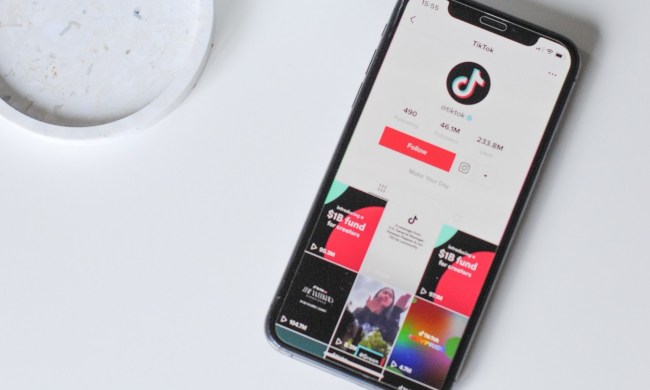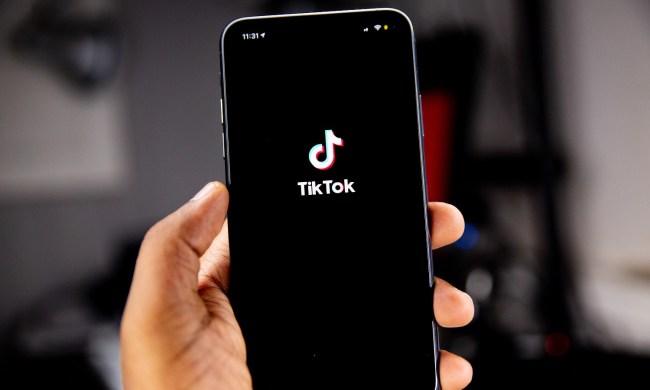
In the time since TikTok’s launch, the short-form video app’s popularity has skyrocketed across the globe. Bytedance, TikTok’s parent company, is now looking to exploit the social platform’s expansive reach with new ways to show your advertisements.
The China-based company has released a native audience network which would give businesses access to the advertising data on app’s rapidly proliferating user base, according to Adweek. The move will allow advertisers to essentially target users based on what they’ve been watching on TikTok.
In addition to affecting ads on TikTok’s own apps, advertisers can use the tool to show you promotional content inside other third-party apps — similar to the offerings from social giants such as Facebook and LinkedIn, which track you around the web.
Like most other internet services, TikTok comes equipped with trackers that evaluate your watching habits to understand your interests and stitch a targeting profile for advertisers. The new audience network will take this heaps of data and extend its scope to the millions of other apps for businesses. The report suggests TikTok’s microtargeting abilities will be compatible with a host of China-specific apps stores as well, like the ones from Xiaomi and Meizu.
For now, TikTok’s new audience targeting tools are restricted to two of the app’s most active regions, China and Japan. Since it’s still in a trial mode, the program could soon expand to other countries. We’ve contacted TikTok for more details on the program and will update this story if we hear back.
In the past few months, TikTok has aggressively explored new avenues to monetize its 500-plus million monthly active users. Earlier this year, the platform began to show in-app advertisements. Later, in June, a Digiday report revealed that the company is harvesting a handful of personal user data such as age, gender, for interest-based targeting. The app has a huge audience of young people — according to a study by marketing agency Mediakix, 66% of TikTok users are under 30.
A significant chunk of TikTok’s revenue today comes from in-app purchases. People on TikTok can purchase virtual currency which can be used to give other streamers digital gifts.
However, one glaring aspect continues to be oddly missing from TikTok’s monetization plans — the creator’s cut. TikTok still doesn’t run ads inside videos, possibly to avoid spoiling the app’s fast-paced experience.
Creators who make hugely viral TikTok videos are instead forced to rely on alternative revenue sources like brand tie-ups. The defunct 6-sec video app, Vine, incidentally, suffered from the same conundrum and could never figure out how to pay the people responsible for its virality. Whether TikTok will come up with a solution or suffer the same fate, remains to be seen.



